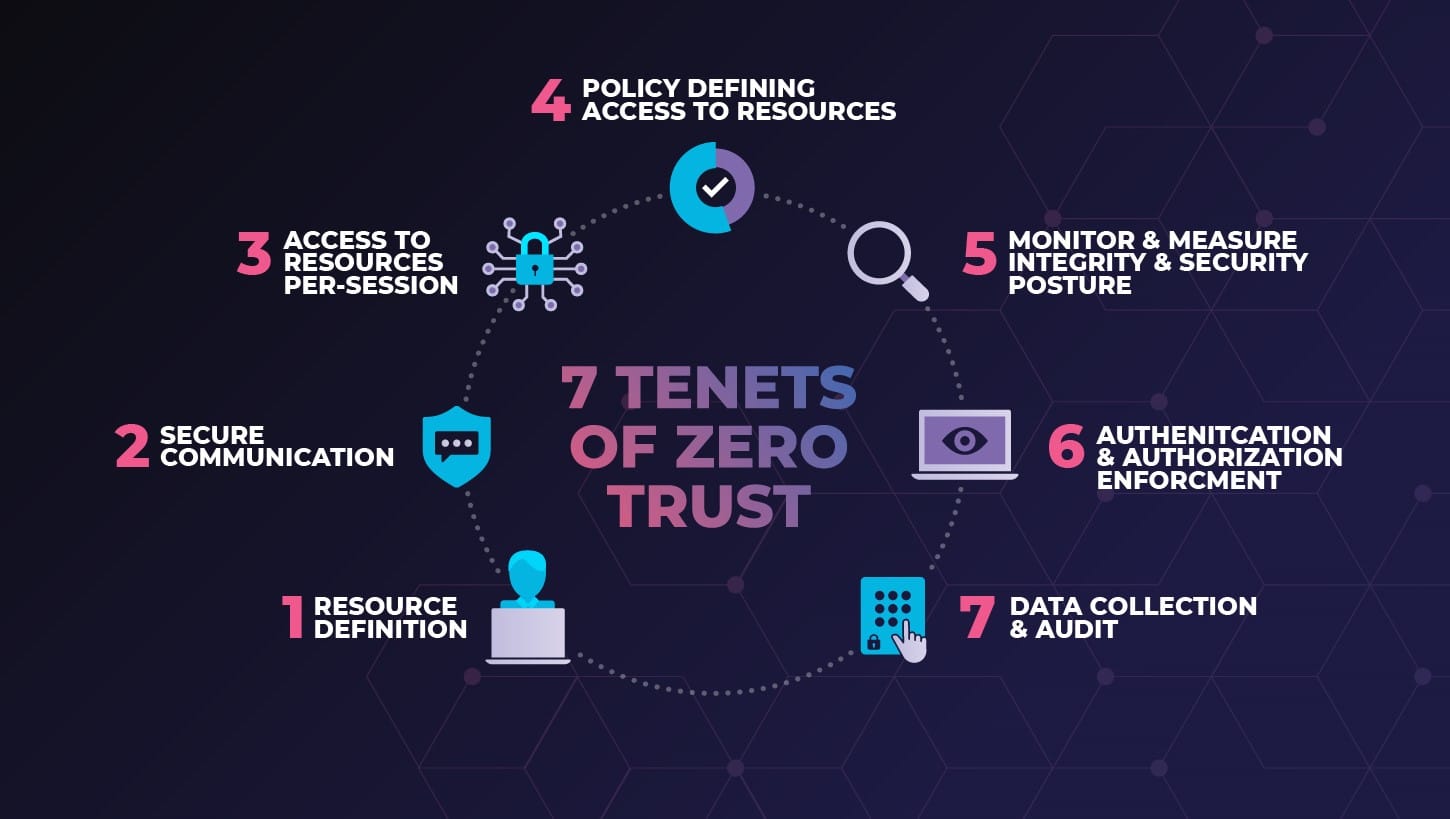Zero-trust is a term used in the realm of cybersecurity to describe a network architecture that does not assume any level of trust in the users or entities trying to access the system or accrue data. In other words, all individuals and machines must be authenticated and authorized before being given access to certain resources, regardless of their location or other factors.
The zero-trust model is based on the concept that no user on the network can be trusted, no matter their role or the context of the request. This model requires identity-driven risk-based authentication and authorization. This means that additional authentication steps and other security measures like two-factor authentication and biometric verification can be used to verify a user’s identity before granting access.
The zero-trust model also involves the implementation of network segmentation to limit access to certain resources if they are not necessary for a user’s role and to create a multifaceted defense architecture.
Another important element of the zero-trust model is the continuous verification of the user’s identity, location, privileges, permissions, and other attributes. This process ensures that even if a user is initially granted access, their access is immediately revoked as soon as any step fails one of these checks.
The goal of the zero-trust model is to reduce the risk of compromised data and access by preventing attackers from taking advantage of trusted relationships and unnecessary access within the network. It is a critical component of modern cybersecurity and is often considered a fundamental best practice for organizations that are looking to protect their resources and data.






